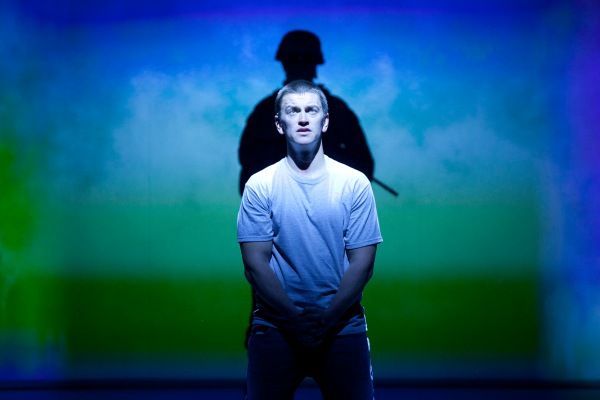
Kindle Paperwhite (Photo credit: Zero2Cool_DE)
The Paperwhite is my second attempt at using an e-reader and I have to say I am seriously impressed. Until now I have been doing my e-reading on an iPad after I found an earlier version of the Kindle not to my liking and the difference is much more than I thought.
I bought the WiFi only unit (my iPhone can be a hot spot if I really need connection on the road) with the “faux leather” cover. The cover slightly increases the weight and about doubles the thickness but gives two advantages, the first is that it has a magnet that turns the Kindle on and off, useful since the power switch is small and inconveniently situated on the bottom edge of the Kindle, and it keeps the screen clean when shoved into an untidy bag. Even at double the thickness it’s still thinner than the average paperback. It’s easy to get the Paperwhite into the case but harder to get it out, I wouldn’t want to be doing it all the time.
The screen on the Paperwhite is very good. At 212 pixels per inch and with the built-in front-light text is easily readable at quite small sizes. The screen is actually three layers; at the bottom is the e-ink display and on top of that is the capacitive touch screen and finally the system that illuminates the e-ink below. The illumination system uses LEDs at the bottom of the screen and there is some slight shadowing right at the bottom but I quickly got used to that and now only notice it when looking for it. Put together it is high-contrast and easy on the eyes, it is by far the easiest to read I have ever seen. Text, no matter font or size looks crisp and clear.
Using a touchscreen for the interface works but does have some drawbacks. The first is that unintentional touches of the screen can turn the page. The other is that the processor in the Paperwhite is obviously as dumb as a post and as slow as a snail so I sometimes find myself touching the screen and wondering if the Kindle had felt me as there is a noticeable delay, not so much when turning the page which works well, but when browsing through my books and collections. It’s most noticeable when typing something using the on-screen keyboard, you have to be slow and steady or you will miss letters.
The storage on the Paperwhite is 2Gb rather than the 4Gb of the Kindle Keyboard. Given that 2Gb is enough to store hundreds of books (Amazon says 1100 and I wouldn’t argue with that) I think that you would have to be a grinch to complain about that.
Amazon claims a battery life of 8 weeks but that’s with WiFi turned off and the light set quite low and only an hour a day of reading. Given that I set the light higher than that, left WiFi on all the time and often read for more than an hour a day I found it was more like two weeks. Still, that is considerable more than you will get with any tablet and plugging it in to recharge once a week or so is no hardship.
One of the newer additions to the Kindle operating system is the idea of “Collections” to organise your books. Given that I have over a hundred books in my Amazon account and most of those are needed on my e-reader then some way of organising everything is a godsend.
Shopping for books on the Kindle is painful. It can be done if you know what you are looking for but any sort of browsing is slow. On the other hand there are a huge selection of books on Amazon for the Kindle that are free and I don’t mind shopping on my computer or iPad. The same is true for the “Experimental Browser”, it’s slow and painful to use. If you want a device for the web then this is certainly not it.
Adding other e-books is easy. I have a bunch of software e-books I bought from O’Reilly since they offer a cheap e-book if you own the paper version. Getting them onto the Kindle just required plugging the Kindle into my Mac where it pops up as a drive and copying them across. As a PDF reader the Paperwhite is not the best but if you can get a book in Amazon or Mobi format then transfer away.
In conclusion, if you have been on the fence about buying an e-reader then Amazon have finally produced something that will probably sway you toward purchasing, if you have an e-reader that is a couple of generations old then an upgrade to the Paperwhite is well worth considering.





